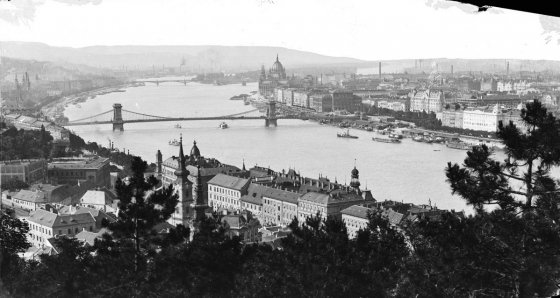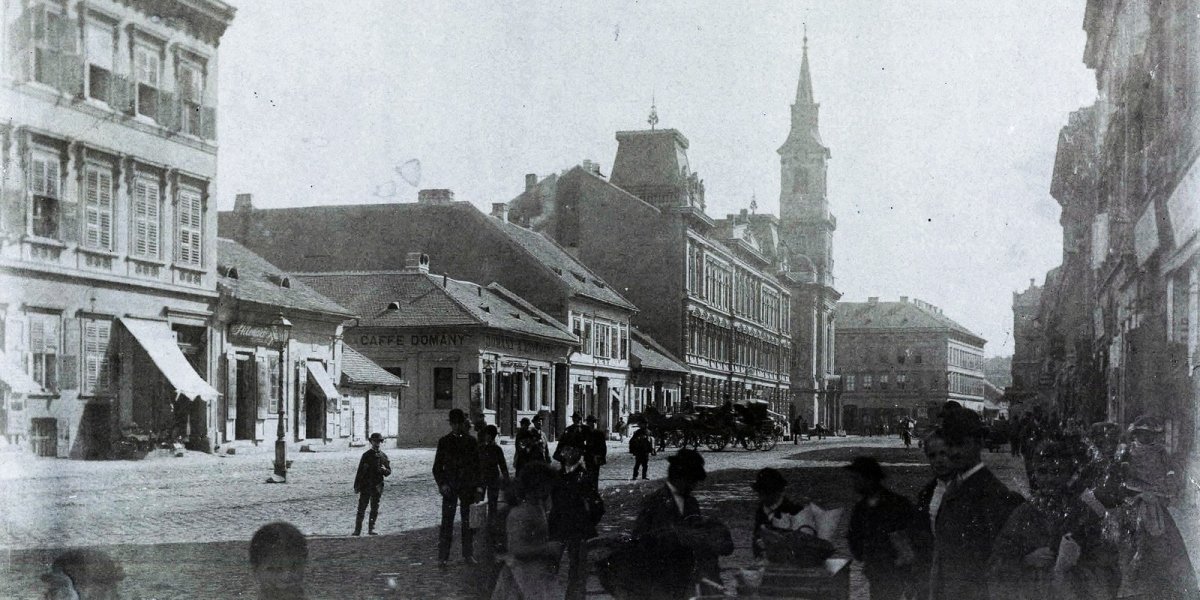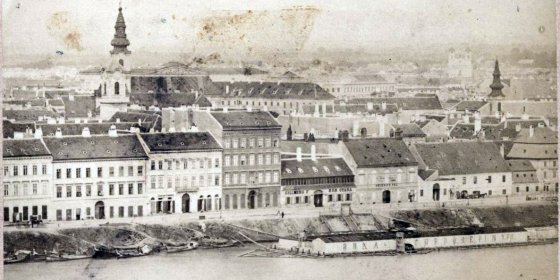 The „intertwined history” of the bridges and the city of Budapest
Which ideas and events have shaped the fate of bridges of Budapest and the cityscape? Alongside many other interesting facts, this question is also answered this newly published book by the Budapest City Archives, which introduces the history of bridges in Budapest.
The „intertwined history” of the bridges and the city of Budapest
Which ideas and events have shaped the fate of bridges of Budapest and the cityscape? Alongside many other interesting facts, this question is also answered this newly published book by the Budapest City Archives, which introduces the history of bridges in Budapest.
living conditions
 Crowded homes, high mortality: the people of Pest did not have an easy life 150 years ago
Crowded homes, high mortality: the people of Pest did not have an easy life 150 years ago
February 16, 2022 at 10:00 AM
Today, we cannot imagine the misery of the people of Pest in certain parts of the city before the unification of the city. Nor was it rare, according to statistics from 150 years ago, for several families to live in a single room. Those living in a room crowded with 6 to 10 people died sooner, and the average life expectancy, even in the best parts of downtown, was less than 26 years. PestBuda's article reveals that the misery was great, especially in Ferencváros and Józsefváros, but the situation did not improve in the other districts of the capital for a long time.
Life underground – Significant population of Pest and Buda lived in cellars before the unification of the cities
September 18, 2020 at 10:00 AM
A census was conducted in Hungary in 1870, 150 years ago. It paints a stunning picture of Buda a Pest before the two cities were unified. Barely 200,000 people lived on the Pest side, and nearly 54 thousand on the Buda side. 15-thousand people lived in cellars, and 13,000 shared their rooms with at least ten other people. The census details how many doctors, writers, teachers lived in the cities, as well as how many unmarried or divorced women called the city home. Two centenarians lived in the city that was experiencing a massive development boom. It was a unique time, in which poverty and grandeur coexisted, and when the Renaissance revival homes so loved to this day were built.
More articles
 The „intertwined history” of the bridges and the city of Budapest
Which ideas and events have shaped the fate of bridges of Budapest and the cityscape? Alongside many other interesting facts, this question is also answered this newly published book by the Budapest City Archives, which introduces the history of bridges in Budapest.
The „intertwined history” of the bridges and the city of Budapest
Which ideas and events have shaped the fate of bridges of Budapest and the cityscape? Alongside many other interesting facts, this question is also answered this newly published book by the Budapest City Archives, which introduces the history of bridges in Budapest.
 The Bridge Report, which brought a turning point in the history of Budapest
A travel report that changed the history of Pest and Buda, as well as Hungary. The little book contributed to the change of half a thousand years of legal customs and the implementation of an investment of unprecedented size and technical quality. This book was The Bridge Report [Hídjelentés in Hungarian].
The Bridge Report, which brought a turning point in the history of Budapest
A travel report that changed the history of Pest and Buda, as well as Hungary. The little book contributed to the change of half a thousand years of legal customs and the implementation of an investment of unprecedented size and technical quality. This book was The Bridge Report [Hídjelentés in Hungarian].
 Drama on the university wall - The heroic monument was planned 95 years ago
In the constant hustle and bustle of the Egyetem Square in Pest, the students may not even notice the monument that decorates the short section of wall between the church and the central building of ELTE. However, it commemorates their predecessors, the heroes who fought for their country in World War I, and those who heroically helped them. The first design of the dramatically collapsing soldier was born in 1928, ninety-five years ago.
Drama on the university wall - The heroic monument was planned 95 years ago
In the constant hustle and bustle of the Egyetem Square in Pest, the students may not even notice the monument that decorates the short section of wall between the church and the central building of ELTE. However, it commemorates their predecessors, the heroes who fought for their country in World War I, and those who heroically helped them. The first design of the dramatically collapsing soldier was born in 1928, ninety-five years ago.

